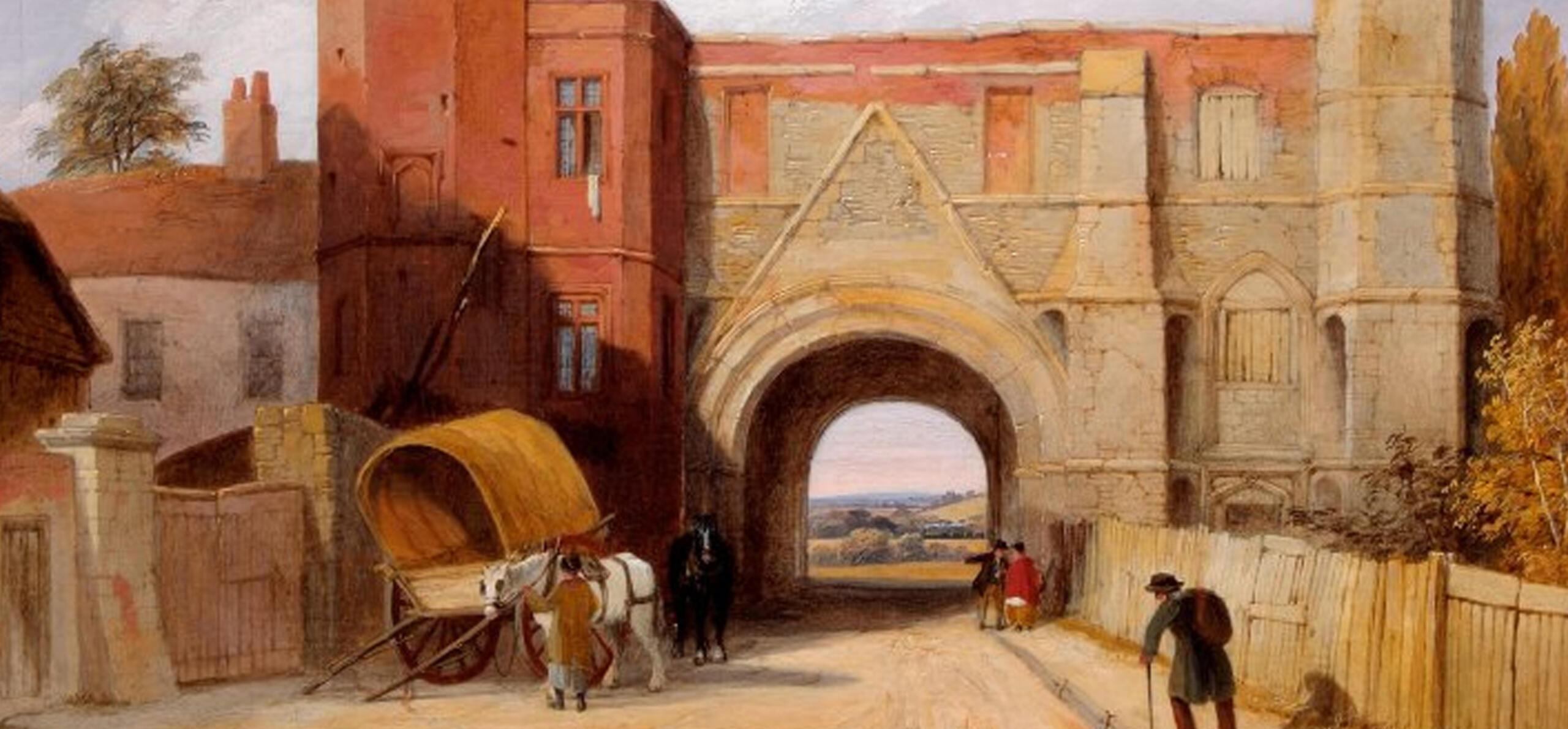Over the years, Reading's Joan Dils has been a teacher, local historian, and an author, and is a much-loved authority on the history of Reading.
Recently, Bohemia, a member of the Reading Museum team, was lucky enough to speak with Joan over a Zoom call. Below, read what Bohemia learned through her conversation with Joan, as they discussed Joan's background, research, and her process in writing her seminal work, Reading: A History!
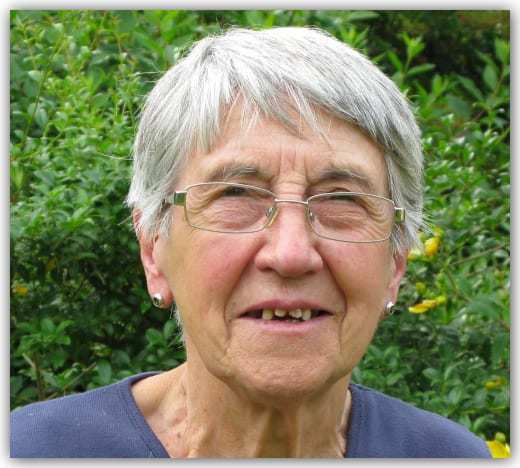
Pamphlets, probates, and publishing!
Joan's interest in local history began when she was a school teacher living Stoke. When her oldest daughter was born, she moved into adult teaching, leaving her day job to work evenings instead, which was necessary, as at that time in the 1970s, there were no nurseries.
Joan recalls teaching a class on the reign of Queen Elizabeth I, when one of her students asked her an important question about what was happening in Nottingham at the period of Elizabeth's rule.
'I hadn't a clue what was happening in Nottingham!' Joan realised, and so she decided to lead her adult education group on a research project to find out all they could about Nottingham's local history, poring through wills and probate inventories (lists of possessions belonging people to who have died) to garner an idea of what life was like for the local people at the time. They created a pamphlet on their research, and though this work was never published, the work inspired Joan to teach and research local history much more extensively.
Joan recalls moving to Reading when her husband was offered a chair position in our town in 1976, which she says was a 'complete change' for her. After years of researching Nottingham, Joan was not best pleased when she had to start from scratch again after moving to Reading!
Soon after getting stuck into research and teaching the history of Reading, Joan discovered there was a significant lack of existing research on life in Reading in the 16th century. With the help of local historian Dr Cecil Slade, Joan began a workshop group in the town that ran for three years and eventually published a booklet, 'Reading 1540-1640'. This was Joan's first published work and Joan said this was 'groundbreaking' both for her and her group.
Beginning as amateurs, Joan taught her workshop group how to research and read historical texts from scratch. Over the course of three years, whilst researching for the booklet, the group of twelve analysed around 590 wills and inventories. Over 1,000 copies of the booklet were sold. 'This was quite something in 1980,' Joan remembers. 'And that's what I've been interested in doing ever since: teaching people how to research. Out of that, new local historians emerge.'
Joan's workshops came to an end in the year 2000, when most universities stopped offering adult classes. 'The great tradition of teaching adults came to a juddering halt,' Joan said. Whilst it was a shame, Joan remembers that a lot of good work was done. 'Not just by me,' she said, 'but by lots of local tutors over these years in lots of places. It was a good time.'
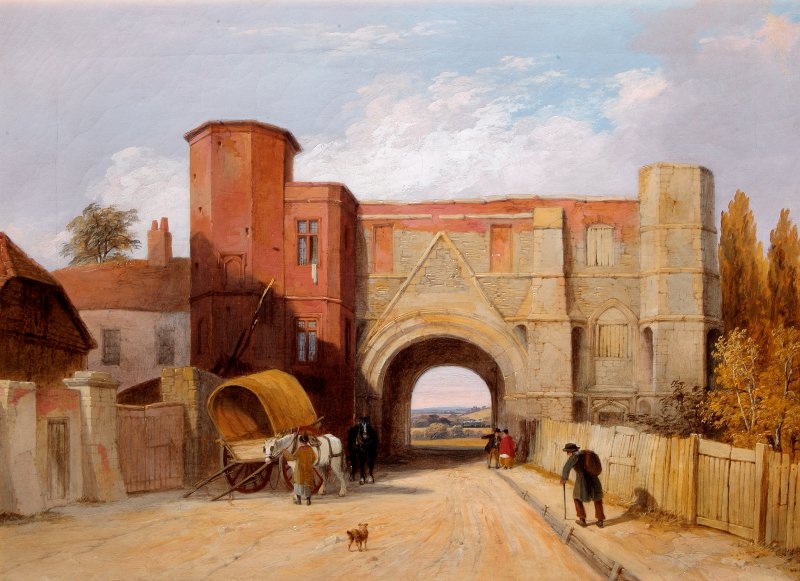
A key moment for Joan was when she was asked about local life in Nottingham during Elizabeth I's reign. Reading has a strong connection to Elizabeth I through Reading Abbey. REDMG : 1931.304.1
Reading over time – the good, the bad and the overrated!
I asked Joan about the positive and negative changes that she has witnessed in Reading during her time living here.
'It's a very different place than the place I came to in 1976,' Joan said. Joan said that what she enjoys most about Reading today is the 'different traditions and cultures that make it a very exciting place.' She remembers multi-cultural festivals in the town, and the popular WOMAD festival, which is still held but no longer in Reading.
Joan's advice to newcomers to the area, and those interested in its history, is to 'keep your eyes open!' There are many parts of the town's hidden history that can still be seen today, Joan said, and though much has changed, 'the shape of Reading is still the same.' One example is the town's street names, which can tell you a lot about the history of different parts of the town. Joan gives the example of how Reading's 'Cross Street’ used to be named 'Gutter Lane', a vivid depiction of how the road would once have been.
I mentioned to Joan that I've had conversations with people who are unaware of the extent of Reading's history. And Joan said that she isn't surprised. 'People say reading has no history, but that means that they haven't looked at it.' Either that, or that they have only heard of the most well-known parts of history of the town, such as Reading Abbey and Henry I.
'I wish they'd forget Henry I,' Joan laments, 'and where he's buried. That's a sideshow! What's really important is the history of the real people who lived here all the time.' And I agree: for me, the most intriguing parts of history are the stories of real people just like myself, who I can imagine living and working, existing for the same reasons that I do today.
After all, while kings, queens and battles ('the guts of history,' as Joan calls them), are exciting, they are ultimately less important to our local history and often contribute to misinformation too.
'I always get annoyed when people say Henry I built the Abbey,' Joan said. 'He didn't build it; he paid other people to build it. He had it built. So, you forget all the people who worked so hard to build the Abbey. But they don't get written about because there are no documents about them.'
It's an important distinction, and I recall that I myself am probably guilty of saying that Henry I built the Abbey, and resolve not to make this mistake again!
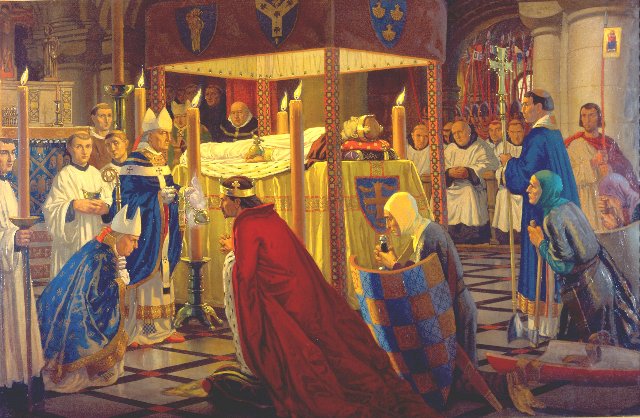
This painting shows the burial of Henry I in Reading Abbey. As Joan points out, it's important to remember the distinction between Henry I paying for the Abbey and building the Abbey, which was undertaken by working people. REDMG : 1931.280.1
'Research, research, and more research!'
Next, we went on to discuss Joan's recently published book, Reading: A History. I wanted to know about Joan's process of researching and writing. I was amazed to learn that at the time, Joan was working on three projects at once! Whilst writing the book, she was also helping to produce a second edition of The Historical Atlas of Berkshire, and editing the St Lawrence Church Warden's Accounts, a project she agreed to after someone else became unavailable.
'You must be a very organised person,' I said, to which she modestly replied: 'Well, I'm not sure!'
The project of Reading, a History, to compile a complete history of the town, took Joan four years and was published in 2019. Joan was initially asked to write the book by local historian Dr Alan Crosby at an AGM for local history tutors. Joan recalls: 'One year they came to Reading and we did a walkabout. And Alan said to me, you should do a history of this place.' And her response? 'I said, oh, I shouldn't!' She laughs.
So, Dr Crosby took a different approach, and asked the publisher Carnegie to contact her themselves. Joan accepted. 'I said I'll have a go!'
From her previous research, Joan had collected quite a lot of material for the book, although there were some areas that she found she was lacking in, particularly relating to the politics of the 18th century, which Joan recalls was 'a closed book.' Joan had to start from scratch, going through all the borough records from the 17th, 18th and 19th centuries on her own. 'I looked at pretty much everything.' she said. Upon asking how she managed such a feat, Joan exclaimed, 'I got hooked! On the financials of the borough, on the jobbery, and all the rest of it. Once you get hooked, you just keep going.'
I presumed it must have taken over her life. 'I suppose, in a way, it did,' Joan said.
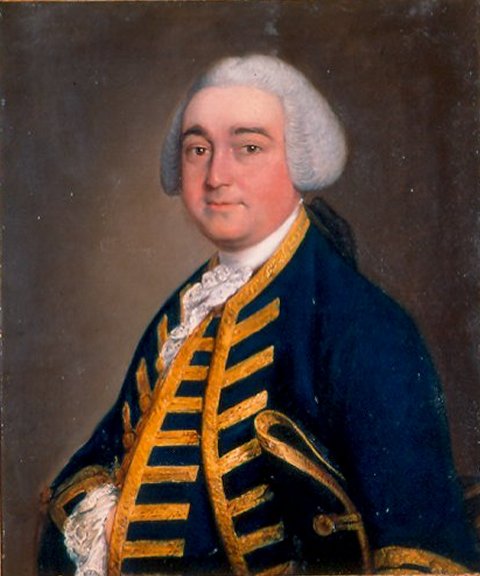
When researching 'Reading, A History', Joan had to start relatively from scratch. This portrait from our collection is of Christopher Griffith, Member of Parliament for Berkshire, made in 1775 by Thomas Gainsborough RA. REDMG : 1931.297.1
What next?
I asked Joan if she would ever write another book. And in true Joan fashion, it turns out that she has already started one!
Joan's next book will be an autobiography of sorts on family history, though not Joan's family history specifically.
'I'm not a family historian,' Joan said, 'not interested in finding out if I come from William the Conqueror or whatever.'
The book will be about childhood in the 1930s, when Joan grew up. 'A childhood in an industrial town in the 1930s during and after the Depression and the Second World War,' Joan said. Joan thinks it will take a long time to finish, but it is an important project.
'I was the first person to go to grammar school in my family,' Joan said. 'The first to go to university, from the first Roman Catholic generation to do that.' And while that experience is 'not unique', Joan knows that 'it is important that it's captured for someone later on.'
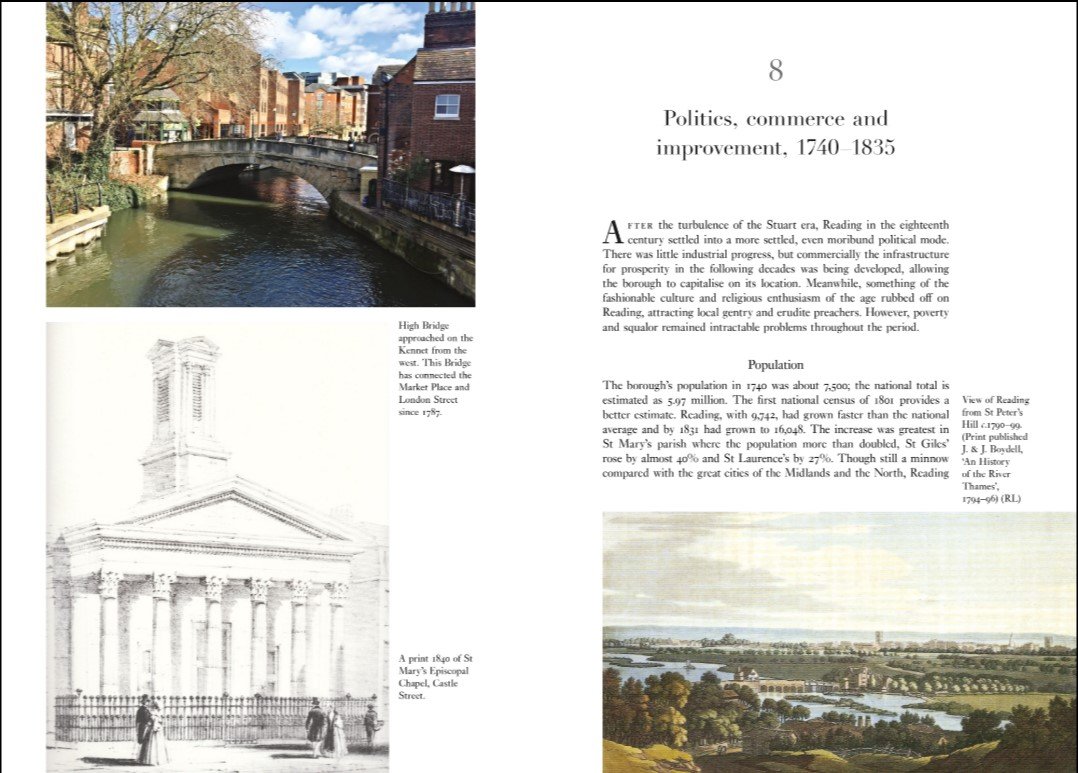
'Reading, A History' is filled with beautiful photography and images accompanying Joan's astonishing local history research.
Joan's advice for budding researchers
I was interested to know what advice Joan might have for a budding researcher.
'Just start with something small,' Joan advised. She suggested beginning by writing an article, perhaps for the Berkshire Local History Association or a similar organisation. 'And I always say find what's out there already,' Joan added. 'Find what's been written already. Then find a subject that hasn't been written about, or is similar but a bit different. Once you know what's been written already, then you know where the gaps are. It has to be something you're interested in, as it takes over your life!'
Joan went on to tell me the story of a member of one of her research classes. She was a zoologist, who had been analysing parish registers in Berkshire and noticed a particular term, which she didn't understand: 'nurse-children'. She did her own research and discovered that nurse-children were the children of women who could not nurse them themselves. These were sometimes upper class women, who would be expected to carry on with their lives after giving birth, or they were working women who weren't allowed time off for breast-feeding. The zoologist became an expert on the subject of nurse-children and now works at the Coram Foundation in London. 'Her career took a real turn!' Joan said.
The lesson here? 'Curiosity is absolutely essential. You've got to be a busybody!'
I spent almost an hour and a half chatting with Joan, and I came away from our Zoom call completely enthralled by her history lessons, stories, and insights about researching the history fo our town. After the lockdowns end, my resolution is to join a local history society, and learn how to read old handwriting and historical records!
I hugely recommend reading Joan's book, Reading: A History. Essentially a life's work, filled with interesting facts and beautiful illustrations and photographs of Reading, past and present.
Thanks!
Our huge thanks to Joan for sitting down and chatting with us. We are always delighted to speak with people who are passionate about Reading's history, and Joan is a shining example of that.
We are very pleased to stock Joan's wonderful books in the Reading Museum gift shop. Browse online, or head straight to Joan's brilliant Reading, A History.
